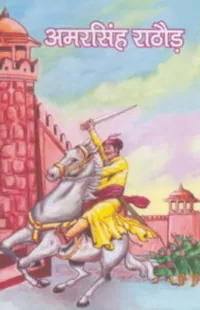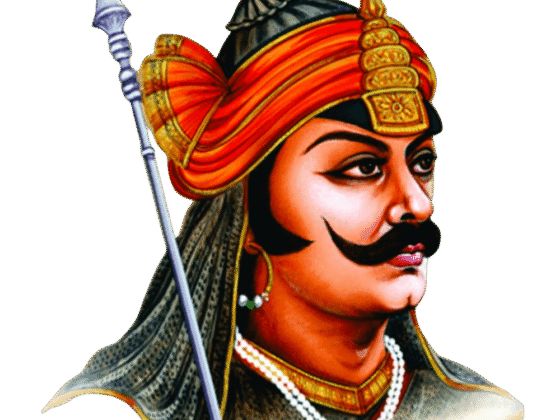Raja Keshvendra Singh and Rampura Riyasat

Introduction
India’s royal history is adorned with tales of valor, wisdom, and cultural grandeur. Among the many princely states that played a significant role in shaping India’s past, Rampura Riyasat holds a special place. Distinguished leaders ruled the state, and Raja Keshvendra Singh emerged as a remarkable figure. His reign and contributions not only strengthened the Riyasat but also left an enduring mark on history. This article delves into the heritage, achievements, and cultural significance of Raja Keshvendra Singh and Rampura Riyasat.
Historical Background of Rampura Riyasat
Located in the heart of India, Rampura Riyasat played a crucial role in regional politics, trade, and cultural advancements. Established during the medieval period, it flourished under various rulers who upheld its prestige and sovereignty.
Geopolitical Significance
Rampura stood at a strategic location, making it an essential hub for trade, administration, and military affairs. The ruling dynasty maintained diplomatic relations with neighboring states, ensuring stability and growth.
Cultural & Architectural Heritage
Magnificent palaces, temples, and forts adorned the Riyasat, reflecting the artistic brilliance of the era. The fusion of Rajput and Mughal architectural styles in its structures demonstrated its glorious past.
Raja Keshvendra Singh: A Visionary Leader
Raja Keshvendra Singh displayed dynamic leadership that significantly impacted Rampura Riyasat’s administration and development. His strategic acumen and commitment to his people made him one of the most revered kings of his time.
Early Life & Ascension to the Throne
Born into the noble lineage of Rampura’s ruling family, Raja Keshvendra Singh received rigorous training in statecraft, military strategy, and diplomacy. His early education and experiences shaped him into a competent ruler who led with wisdom and strength.
Contributions to Rampura Riyasat
1. Strengthening the Administration
- Raja Keshvendra Singh implemented administrative reforms that improved governance and enhanced the efficiency of the Riyasat.
- He promoted transparency in tax collection and ensured the fair distribution of resources among his subjects.
2. Military Advancements
- He modernized the army by incorporating advanced weaponry and warfare techniques.
- His strategic alliances with neighboring states helped maintain peace and defend Rampura from external threats.
3. Socio-Economic Development
- Raja Keshvendra Singh prioritized infrastructure development, including the construction of roads, irrigation systems, and public welfare projects.
- He supported local artisans and traders, which led to economic prosperity within the state.
4. Patronage of Arts & Culture
- He encouraged scholars, artists, and musicians, allowing literature and fine arts to flourish in his court.
- Traditional dance forms and folk music thrived under his reign, preserving the cultural identity of Rampura.
Rampura Riyasat’s Legacy & Influence
Even after the dissolution of princely states post-independence, the legacy of Rampura Riyasat and Raja Keshvendra Singh continues to inspire people. His visionary leadership, progressive policies, and cultural contributions remain a source of admiration for historians and scholars.
Influence on Modern Governance
The administrative reforms introduced by Raja Keshvendra Singh serve as a reference for governance models that emphasize fairness and development. His emphasis on justice and social welfare continues to reflect in modern-day governance structures.
Tourism & Historical Significance
Rampura Riyasat has become a prominent heritage site, attracting tourists and historians eager to explore its architectural marvels and royal history. Authorities and conservationists have taken steps to preserve its forts, palaces, and temples, ensuring that its rich past remains intact.
Conclusion
Raja Keshvendra Singh’s contributions to Rampura Riyasat solidified his reputation as a just and visionary ruler. His leadership ensured the prosperity of his people while leaving an indelible mark on Indian history. Today, Rampura stands as a beacon of India’s glorious past, echoing the tales of bravery, wisdom, and cultural excellence that once defined its rulers.
As we explore the royal chronicles of India, Raja Keshvendra Singh’s legacy reminds us of the timeless values of leadership, resilience, and dedication to one’s people. His story continues to inspire, making him an unforgettable figure in the annals of history.






